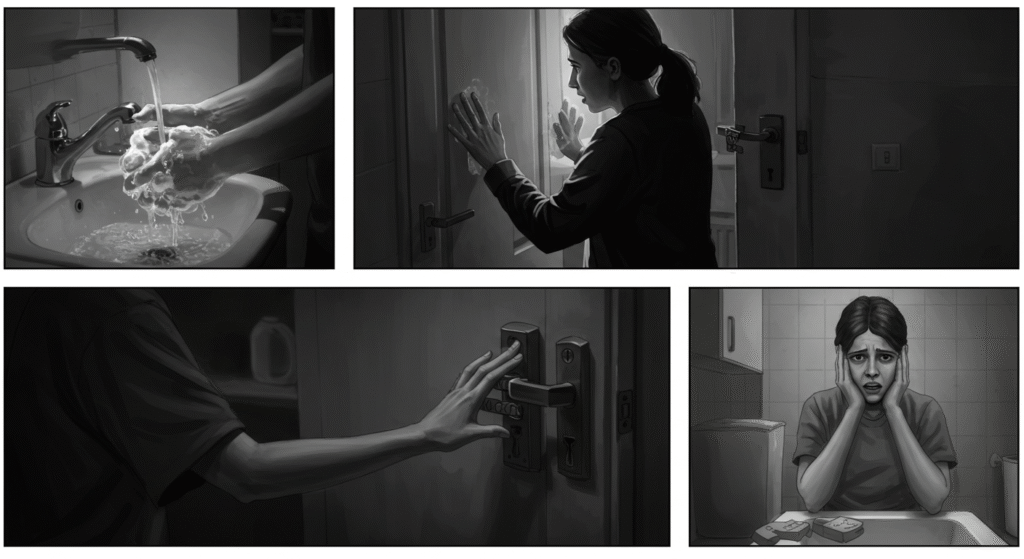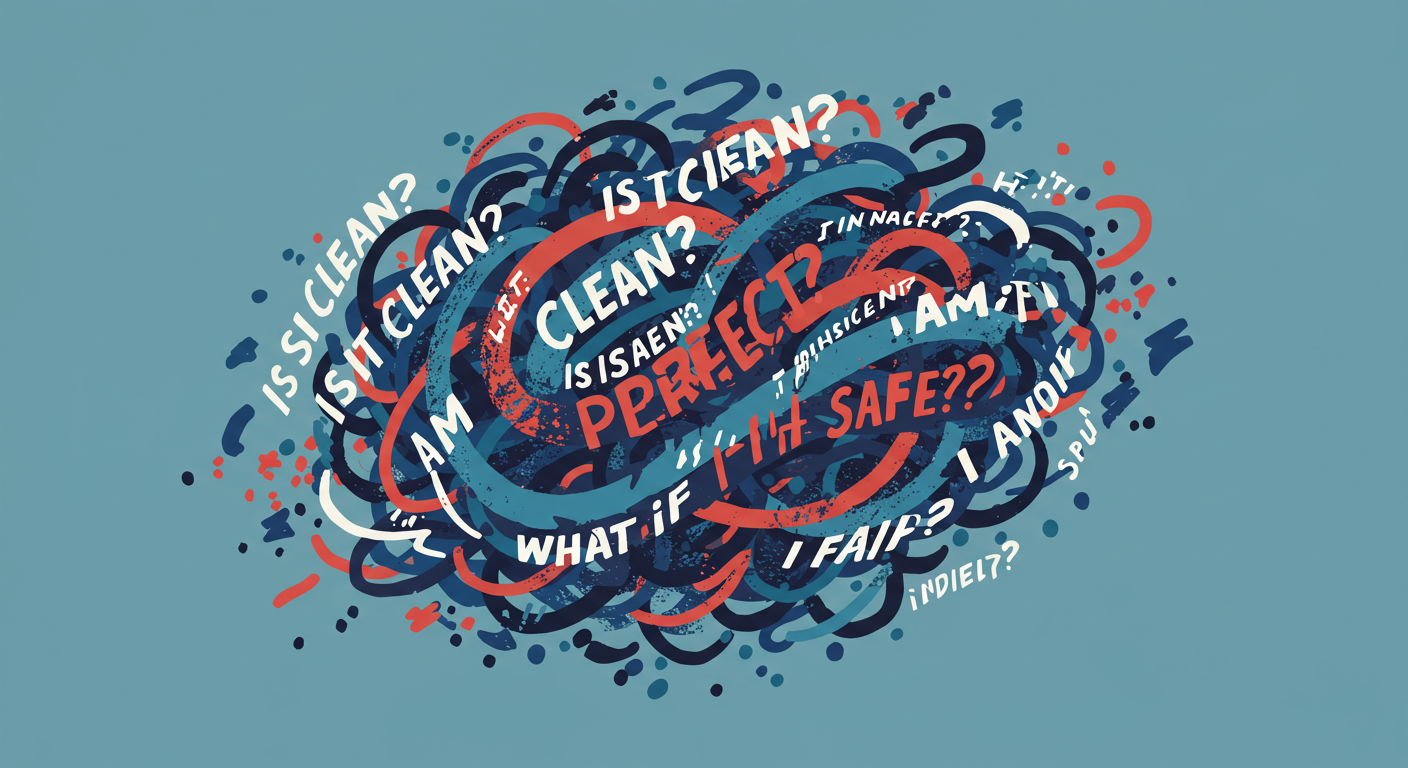Obsessive-Compulsive Disorder (OCD) is often misunderstood, leading to misconceptions that can hinder proper diagnosis and treatment. As someone with a background in psychology, you’re in a unique position to help dispel these myths and provide accurate information. Let’s delve into some of the most prevalent misconceptions about OCD and the facts that counter them.

Myth 1: OCD is Just About Being Neat or Clean
Truth:
While cleanliness and orderliness are common compulsions in OCD, the disorder encompasses a wide range of obsessions and compulsions. Individuals with OCD may experience intrusive thoughts related to harm, morality, or responsibility, leading to compulsive behaviors aimed at reducing anxiety or preventing perceived negative outcomes. These compulsions can manifest in various forms, such as checking, counting, or mental rituals, and are not limited to cleanliness or organization.
Myth 2: Everyone Has a Little OCD
Truth:
It’s common for people to use the term “OCD” casually to describe preferences for neatness or routine. However, OCD is a serious mental health condition characterized by persistent, intrusive thoughts and repetitive behaviors that cause significant distress and interfere with daily functioning. Unlike occasional habits or preferences, OCD symptoms are time-consuming and can severely impact an individual’s quality of life.
Myth 3: OCD is Rare
Truth:
OCD affects a significant portion of the population. According to the International OCD Foundation, approximately 1 in 100 adults and 1 in 200 children suffer from OCD. This means that millions of people worldwide are living with the condition, and many may go undiagnosed due to stigma or lack of awareness.
Myth 4: OCD is Just About Repetitive Behaviors
Truth:
While compulsions are a hallmark of OCD, not all compulsions are overtly visible. Some individuals engage in mental compulsions, such as silently counting, praying, or mentally reviewing events to alleviate anxiety. These internal rituals can be just as distressing and impairing as physical compulsions but are often overlooked because they are not outwardly observable.

Myth 5: People with OCD Enjoy Their Rituals
Truth:
Contrary to the misconception that individuals with OCD find pleasure in their rituals, these behaviors are typically performed to alleviate intense anxiety or prevent feared events. The compulsions are driven by a sense of urgency and are not voluntary actions that bring enjoyment. In fact, many individuals with OCD recognize that their rituals are excessive or irrational but feel compelled to perform them nonetheless.
Myth 6: OCD is Caused by a Troubled Childhood
Truth:
While early life experiences can influence the development of mental health conditions, OCD does not have a single, identifiable cause. Research suggests that OCD may result from a combination of genetic, neurobiological, and environmental factors. Brain imaging studies have shown abnormalities in areas of the brain involved in regulating behavior and emotions, and certain genetic markers have been associated with an increased risk of developing OCD.
Myth 7: OCD is Not Treatable
Truth:
OCD is a treatable condition. The gold-standard treatment is Cognitive Behavioral Therapy (CBT), specifically a subtype called Exposure and Response Prevention (ERP). ERP involves exposing individuals to feared situations or thoughts and preventing the accompanying compulsive response, thereby reducing anxiety over time. Medications, particularly selective serotonin reuptake inhibitors (SSRIs), are also effective and are often used in conjunction with therapy. Early intervention and a comprehensive treatment plan can lead to significant improvements in symptoms.
Myth 8: People with OCD are Just ‘Neat Freaks’ or ‘Germophobes’
Truth:
This stereotype oversimplifies the complexity of OCD. While some individuals may have obsessions related to cleanliness or symmetry, others may have intrusive thoughts about causing harm, making mistakes, or violating moral or ethical standards. The content of obsessions can vary widely among individuals, and the compulsions are performed to alleviate the distress caused by these thoughts, not out of a desire for neatness or cleanliness.
Myth 9: OCD is a Sign of Weakness or Lack of Willpower
Truth:
OCD is a neurobiological disorder, not a character flaw. It involves dysfunction in brain circuits that regulate anxiety and behavior. Individuals with OCD often struggle with intrusive thoughts and compulsive behaviors despite recognizing their irrationality. The disorder is not a reflection of personal strength or willpower but rather a complex interplay of genetic, neurobiological, and environmental factors.
Myth 10: People with OCD Can’t Lead Normal Lives
Truth:
With appropriate treatment, many individuals with OCD can lead fulfilling and productive lives. Treatment modalities such as CBT with ERP, medication management, and support groups can help individuals manage their symptoms and improve their quality of life. Early diagnosis and intervention are crucial, and seeking professional help is the first step toward recovery.

Final Thoughts
Understanding the realities of OCD is essential for providing support and reducing stigma. As someone with a background in psychology, you have the knowledge and platform to educate others about the complexities of this disorder. By dispelling these myths and sharing accurate information, you can contribute to a more informed and compassionate society.


Leave a Reply